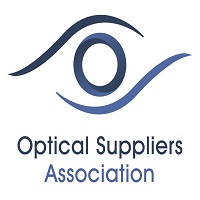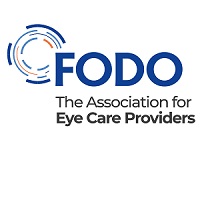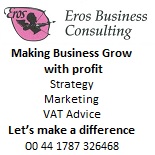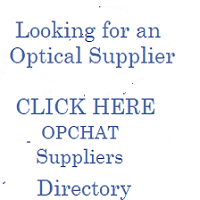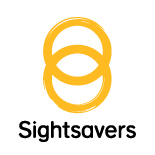Industry Sector
OSA insights to market win praise from members
OSA insights to market win praise from members
OSA members praised the breadth of optical market insights provided by the Autumn meeting
This week a broad spectrum of suppliers gathered in London, reinforcing the strength of the trade body OSA.
“Our growing membership – currently 62 companies – reflects the value of being part of the OSA. We have seen a flurry of new businesses signing up, with several attracted to the E-Health focus group’s leadership in this rapidly evolving sector,” said OSA Chair, Roy Stoner.
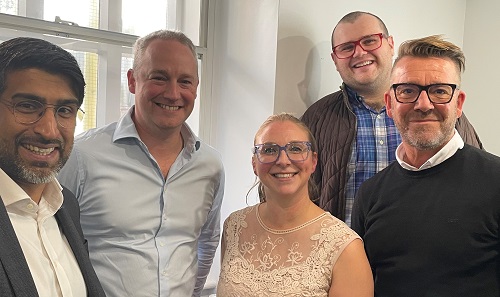
E-Health Standardisation
Karl Jeebaun, who leads the E-Health Focus Group, is working closely with the DICOM Task and Finish group, including the NHS, Royal College of Ophthalmology, and College of Optometry for standardisation and maximising interoperability.
“We are making great strides in establishing baseline commonality for the introduction of DICOM secure file format standards with the group going into 2024. The OSA team has been integral to the working group’s progress, and we have been making recommendations to the group, with the shared goal to improve clinical outcomes.”
The E-Health group has recently completed an extensive sample audit of three functions from a range of supplier devices –
- Fundus
- Visual Fields
- OCT
“We are working towards establishing the standards which the industry will work to, and all new devices will need to be compatible to function within the NHS environment and wider optometric community. This is highly significant work for the OSA and we are working closely with all relevant commercial and professional parties to take this to the next level.”
The E-Health focus group is also looking at the clinical validity of diagnostic and monitoring software across all mediums –
“All E-Health technologies need standards to work to, dependent on their targeted sub-sector, which in turn, will ease the path to adoption. For instance, remote vision measurement applications proliferated during the pandemic and have now moved into the regular space. Understanding and defining clearer standards will drive up accuracy and reliability. To that end, the E-Health committee’s vice-chair, Dr Stephanie Campbell, has proposed an OSA-backed paper on standard setting for remote visual acuities with the aim to have this backed by ophthalmologist and optometry college scientific committees, published in a relevant journal, and used by regulators as a gold standard approach that should be followed by new technologies,” added Karl.
“As a group, the OSA is happy to work together with the relevant bodies towards transforming eyecare, the adoption of new technologies that meet the standard of care, leading to better patient outcomes.”
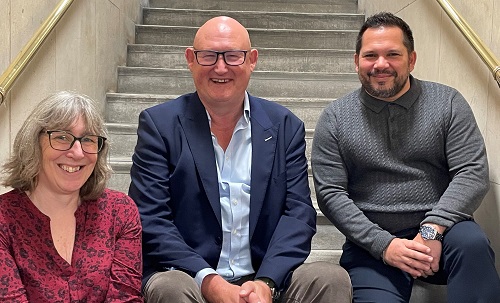
Regulatory Update
Delegates welcomed confirmation that CE marked medical devices (under EU MDR 2017) can continue to be placed on the Great Britain market until June 2030, as outlined by Ann Blackmore, the OSA Regulatory Consultant. She gave a report on the recent European manufacturers’ meeting of EUROM 1 (who represent manufacturers of frames, lenses and sunglasses). She also provided an update on the proposed PFAS restriction proposal explaining that this was becoming a hotly debated issue in Brussels.
OSA frame company members were also interested to hear that ANFAO, the Italian manufacturing association, will launch a “Certified Sustainable Eyewear” accreditation that will be product specific, not company specific – at MIDO next February.
On the sustainability theme Mike Riley, Director of Commercial Operations at Hilco UK, gave delegates a brief resume of Green Seal approval in the USA and its accreditation for the first lens care product and container to be awarded this status.
Retail Chain Insight
Dr Angela Smith, Optical Commercial Manager ASDA, engaged OSA members with an insight into “An efficient optical supply chain”, finely tuned from her background in FMCG, both at ADSA and prior to that at Unilever.
“Our grocery economies and sustainability journey put us on the front foot with optics, as many of the discussions coming to optics now have become routine in the grocery sector. We have a mindset of looking at every little detail – walking the line and asking suppliers to work more closely with us. A prime example is tertiary packaging – so often it is just not necessary.
“The grocery market has key principles for keeping costs as low as possible. By keeping prices low, and improving affordability, we increase customers and grow volume,” she said.
A brief resume of how the internal team runs the 157 ASDA optician practices, came back to the grocery background in terms of supplier relationships, many of which are with OSA members –
“Within grocery we are legislated in how we work with suppliers – The Groceries Supply Chain of Practice – protects suppliers and encourages collaborative working and forward planning, with sanctions and fines for breaking the rules. It helps us all.”
She talked through her key cost reduction strategies for suppliers to consider –
*Walking the Line – mapping the full process from end to end, and looking for all opportunities for cost and time saving, starting at the concept stage
*Ask and Explain – discuss changes or savings from suppliers for mutual benefit of supplying more product
*Offer commercial CPD to customers, that is optical practices and encourage them to look at their profit and loss accounts
100% Optical 2024
The 10th 100% Optical event promises to be the largest UK optical show and Celsa Vazquez, Commercial Director of the event, gave delegates an insight into the 100% Ophthalmology element to the show.
For the first time this will be an opportunity for suppliers to engage with surgeons, alongside optometrists, dispensing opticians, contact lens practitioners and support teams, under one roof from 24-26 February at Excel.







